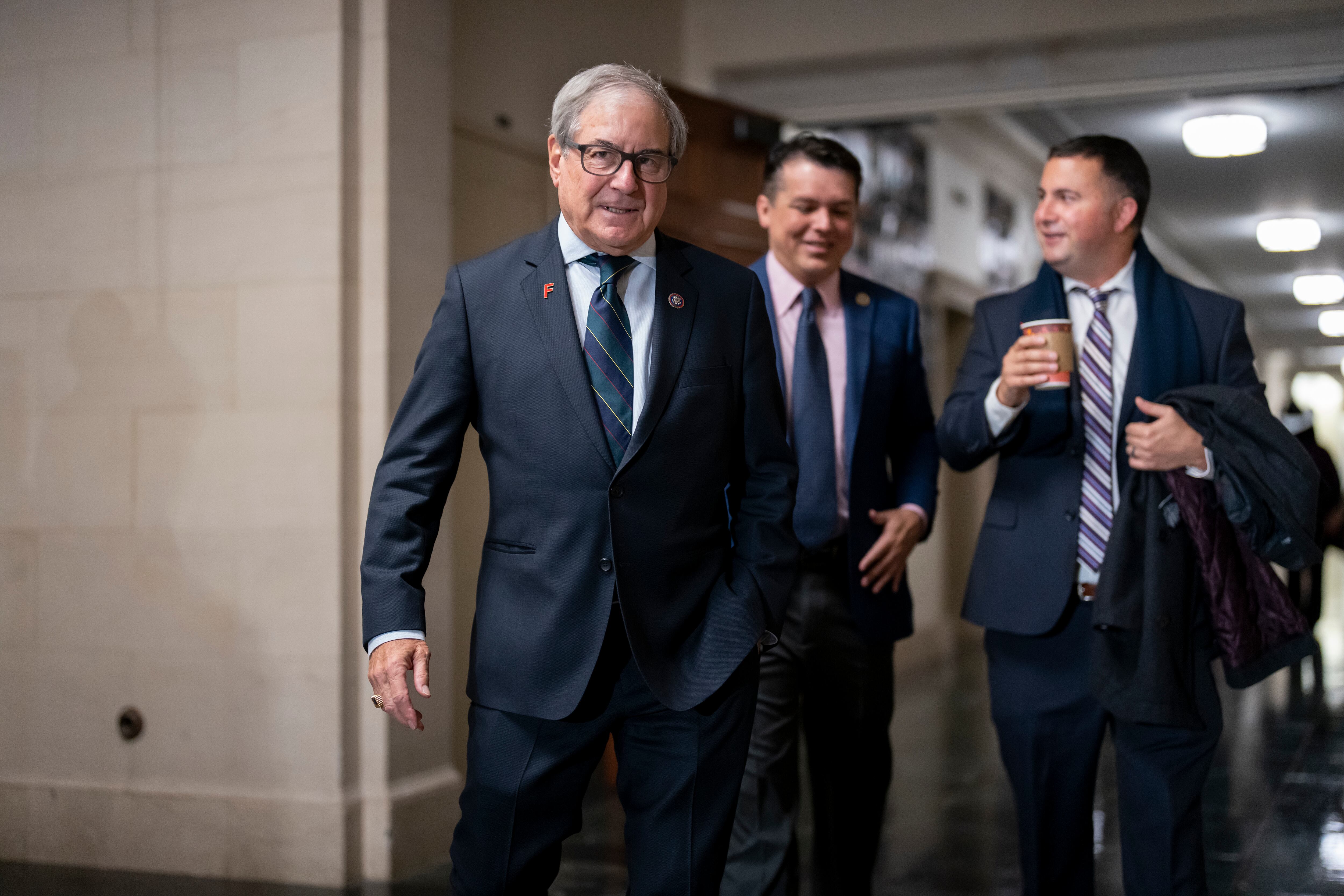Note: This story was updated on Nov. 7 to reflect the current status of budget negotiations for 2024.
The Nov. 17 deadline is fast approaching for Congress to pass a budget — or another continuing resolution — for 2024 to avoid a government shutdown.
If Congress fails to fund the government by the time its continuing resolution expires next week, will federal employees still get a raise on Jan. 1?
Lawmakers have less than two weeks to finalize a 2024 spending deal after Congress passed a short-term CR in September. Another one, if passed, may punt the deadline again.
Last year, Congress faced a similar dilemma, raising questions about what happens to federal employees’ pay raises that are usually approved annual. For 2023, employees received an across-the-board pay raise of 4.1% plus a 0.5% locality pay adjustment.
At the time, experts told Federal Times that whether or not Congress passed a stopgap bill or put an end once and for all to deliberation via a final spending package, the federal pay raise was likely to take effect as proposed by President President Joe Biden in late August 2022, according to John Hatton, who leads policy and programs at the National Active and Retired Federal Employees Association.
“Whether it’s a continuing resolution or even the full-year appropriations bill, if that’s silent on federal pay for the next year, or if it doesn’t have anything explicit on the pay raise, the pay raise will go into effect,” Hatton said in an interview last year.
For 2024, Biden’s proposed pay raise includes a 5.2% pay raise, which will be final upon issuing an executive order that will go into effect at the start of the calendar year. Customarily, that order is signed before the end of December, usually in the last week but possibly sooner.
Congress can dictate what the federal pay raise is in the appropriations bills, a CR or the annual Financial Services and General Government bill. If it doesn’t interfere, it automatically defer’s to the President’s authority.
Last year, Hatton said there were few indications that anyone in Congress was fighting that.
Congress’ silence also means it’s less likely to propose a higher raise than what the White House put forth, even though federal employee groups and unions have advocated that to offset inflation.
In generally, if a CR is passed, that doesn’t mean the pay raise will automatically be stripped.
The bottom line is once the executive order is signed for COLAs, the pay increase is approved, whether or not lawmakers used a CR or omnibus.
Up to agencies to implement
Some agencies use funding for staffing more than others, so that can have differing degrees of impact on agencies.
If the funding is under a CR, agencies will have fewer resources available elsewhere because they need to make room in their budgets for the pay increase.
In short, if the President issues an executive order saying pay raises must go up, agencies cannot refuse it, Hatton said in the interview.
There have been close calls in the past with regard to Congress’ budget negotiations and pay raises.
In 2018, former President Donald Trump initially said he would not give a raise to federal employees. It wasn’t until mid-February of 2019 that Trump signed the spending package to avoid a shutdown that allowed for a 1.9% civilian employee pay raise to be applied retroactively.
Federal Times reported that Congress can pass a CR with an anomaly, a component of the legislation that funds the government beyond previous levels, to increase federal pay if none is provided for by the president.
Once the pay raise officially takes effect for January, the next step is for the Office of Personnel Management to publish updated pay and locality tables.
Congress can cancel or change the president’s approved pay increase as it wishes, but that would have to be done through legislation as well.
Correction: A previous version of this article misattributed information regarding how pay raises are implemented.
Molly Weisner is a staff reporter for Federal Times where she covers labor, policy and contracting pertaining to the government workforce. She made previous stops at USA Today and McClatchy as a digital producer, and worked at The New York Times as a copy editor. Molly majored in journalism at the University of North Carolina at Chapel Hill.





